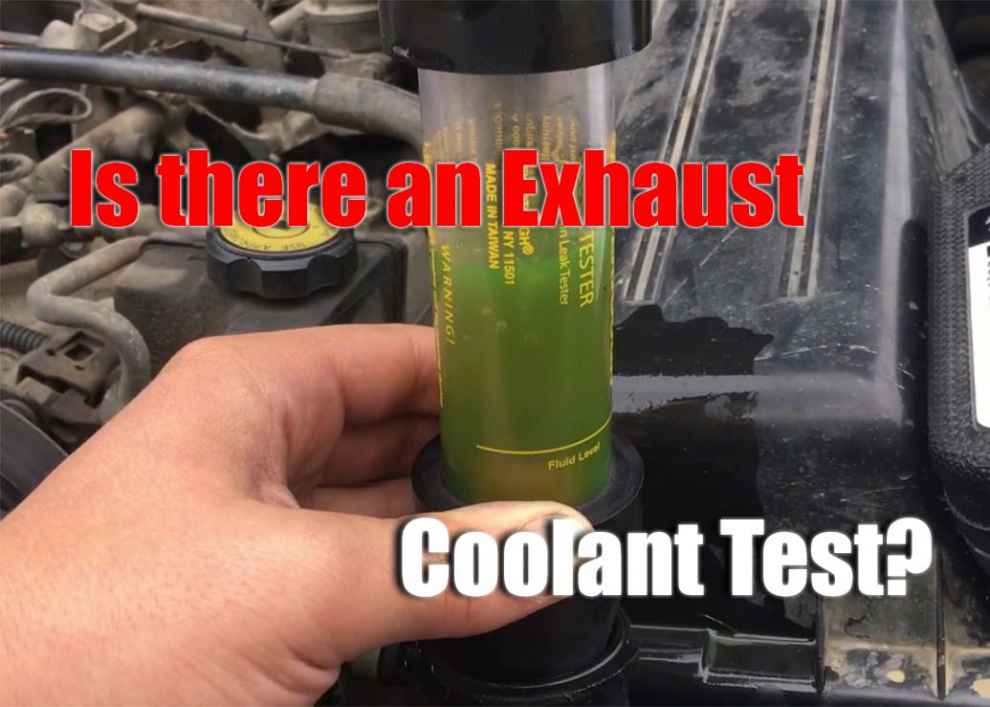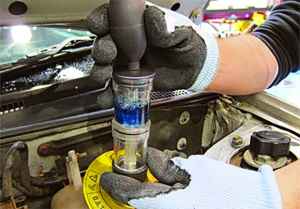A clear sign that your head gasket is blown is when there are exhaust gasses in the engine’s coolant. Another common reason for this is a cracked cylinder head. Whether it’s a blown head gasket or a cracked cylinder head, we’re dealing with a major problem here. Do not, under any circumstances, continue operating your vehicle if there is an exhaust in the coolant. It will only make things worse, up to a complete engine breakdown.
As soon as you suspect there is something wrong with the head gasket or with the cylinder head, stop the car and make an exhaust in coolant test. If you have basic knowledge of how cars work it will take about half an hour to run this test manually. You will also need a test kit for this to work. That will cost you about 50 dollars. Let’s get down to it:
-
First, stop the car and wait for the engine to cool down. It should be cold to the touch. Usually, it takes from 10 to 20 minutes for the engine to cool down.
-
Using your hands, remove the radiator cap from the radiator filler neck. The combustion test kit, the one you bought for about 50 dollars, comes with a leak fluid and suction tube. Pour the fluid into that tube.
-
Next, carefully put the suction tube into the radiator filler neck. Squeeze and release the squeeze bulb that’s located on the suction tube a few times. By doing this you’ll draw the air from the coolant system. If you noticed, the fluid in the tube is usually blue and it will stay blue if there are no exhaust gasses in the coolant. But if there is an exhaust in the antifreeze, the fluid will change its color from blue to yellow.
-
Once the test is done, take away the suction tube, put back the radiator cap, and close the hood.
If you’re not sure you’re up to the task, it would be wise to call a professional. Of course, it would cost a bit more but it will be worth it. As mentioned, if you don’t take the situation seriously and postpone the test and repairs, that will lead to a full engine failure. Essentially, you will end up paying much more.
Also, to prevent such things from happening in the future, run regular checks or take your car to a repair shop. True, we all have lots of things to do and there’s never enough time, but taking good care of your vehicle will not only make driving safer, but it will also save you money and time. And one more thing: don’t go for the cheapest stuff.
Cheaper means low quality, and low-quality stuff tends to lead to breakdowns and failures. Lucky for us, even the best stuff out there, like the best head gasket, the best coolant for Jeep, and the best O2 sensors aren’t at all expensive. Plus, they have a significantly longer lifespan. Take care of your vehicle and drive safely!

 First, stop the car and wait for the engine to cool down. It should be cold to the touch. Usually, it takes from 10 to 20 minutes for the engine to cool down.
First, stop the car and wait for the engine to cool down. It should be cold to the touch. Usually, it takes from 10 to 20 minutes for the engine to cool down.
Add Comment